Meet Zayed
In a previous post I gave some detail about Arif, a Rohingya refugee turned humanitarian. His best friend is Zayed, and they share similar paths from refugee to ‘humanitarian.’ A very ambitious and hard working man, Zayed reports he is currently a fixer for the international media, does case management of protection issues under the Danish Refugee Council (DRC), is a freelance writer at Burma Times, and has worked as a Burmese language instructor under CODEC (Community Development Center).
He is also a poet, having posted many on his Facebook page in the last months. See here for two of his recent efforts.
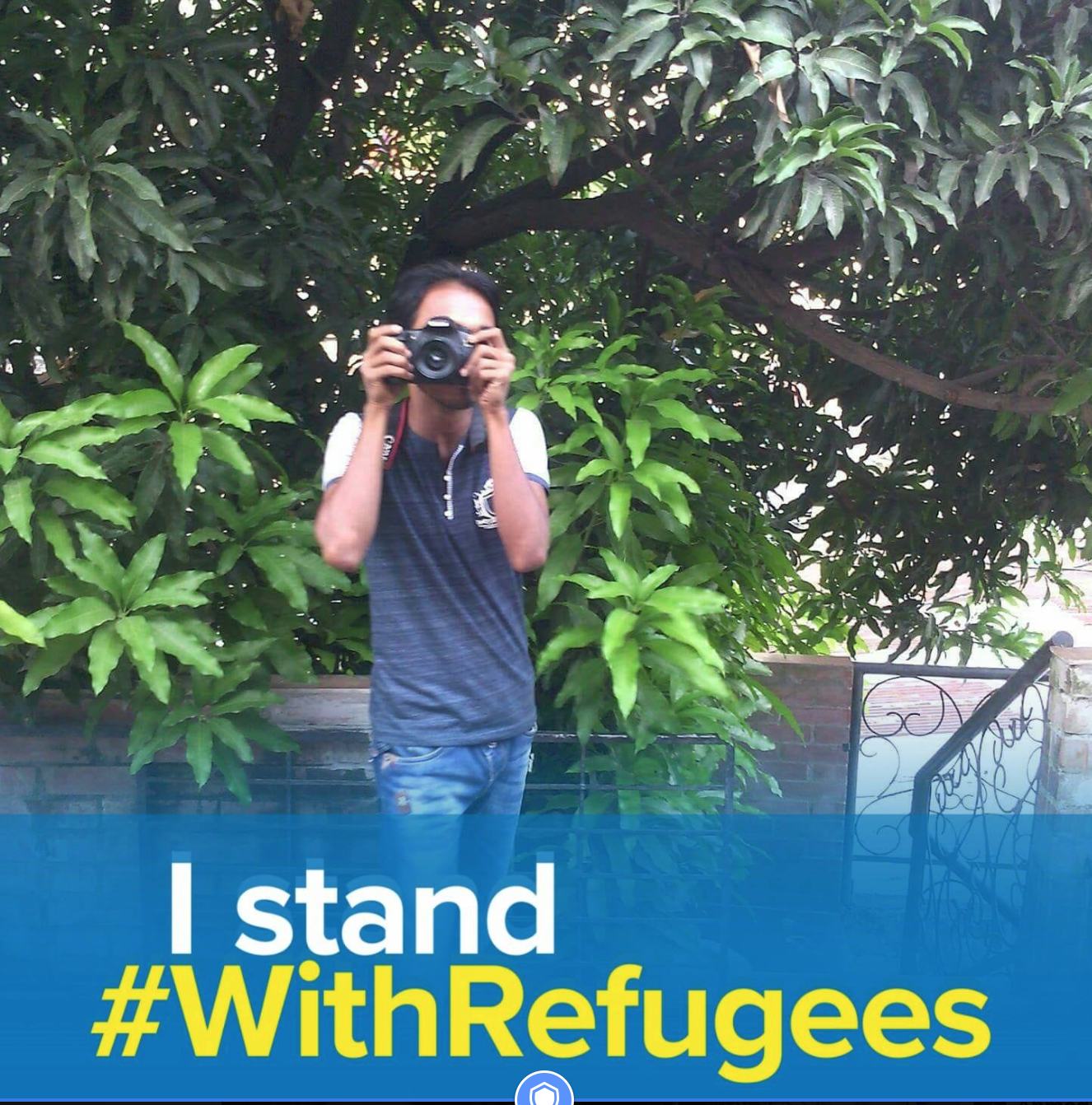
Zayed met Arif when they were working together at the end of 2017 where they were teaching to the students together at t CODEC in Chittagong, Bangladesh.
How do you define ‘humanitarian’?
Above and elsewhere I use the awkward phrase ‘refugee/humanitarian’. But what does this term mean?
The humanitarian ecosystem is ill-defined, especially at the margins. First, to clarify, there are many people who work in Cox’s Bazar -and places like it all around the world where there is a humanitarian response- who are not professional humanitarians. For a raft of reasons, the members of the affected communities are hired on a ‘temporary’ basis to help serve, most frequently within the refugees camps where they and their families live. Depending upon the response these individuals may be employed in a variety of ways. In the Cyclone Idai response in Mozambique paid locals were used heavily, for example. In Jordan these workers are referred to as Incentive Based Volunteers (IBV). In most cases these workers are not covered by national labor laws. More on that in a later post.
Zayed and Arif are just two out of nearly 300 Rohingya refugees who are working with DRC in Cox’s Bazar, Bangladesh. According to Zayed most are male at 60% but females are well represented at 40%. One issue Zayed mentioned is that the refugee humanitarian workers get paid about one quarter of what Bangladeshi INGO Staff get paid per day (about 500 taka per day, about 5 euros). Though this appears to be standard policy, he feels this is unfair.
There is some irony to the fact that as national humanitarians complain about their  compensation compared to international staff, the refugee/humanitarian workers have essentially the same complaint relative to national staff. To get even more granular, it could be observed that the refugee/humanitarians get more compensation and benefits than other refugees, and so the pattern continues at different scales, not unlike a simplified Mandelbrot set perhaps.
compensation compared to international staff, the refugee/humanitarian workers have essentially the same complaint relative to national staff. To get even more granular, it could be observed that the refugee/humanitarians get more compensation and benefits than other refugees, and so the pattern continues at different scales, not unlike a simplified Mandelbrot set perhaps.
The UNHCR has three options for refugees they refer to as ‘durable options.’ These are voluntary repatriation, local integration, and resettlement. Those options are theoretically possible in all scenarios, and have existed in some responses. That said, the reality is that once a camp is built for refugees, what was intended to be temporary can become very, very long term. Jabalia Camp housing Palestinians in Gaza was established in 1948, and few would have imagined it existing scores of years later. Dadaab in Kenya, currently home to over 200,000 Somali refugees, was first established in 1991. More relevant to this post, in eastern Thailand some Burmese have been in refugee camps for 30 years.
I point this out to provide some context to understand the frustration of the Rohingya in places like Cox’s Bazar. Their past is full of trauma and injustice, their present frustrating and with limited, depressing options, and their is future is unclear at best. Could these camps become long term communities like in Palestine, Thailand, Kenya, and elsewhere? The fate of Rohingya refugees like Zayed is, in large part, in the hands the Myanmar and Bangladeshi governments and, marginally, the UN. That is to say, Zayed and the other refugees have reason for their multifaceted angst.
Photos from a refugee turned humanitarian
Here are some photographs taken and by Zayed with his captions. These pictures add to the pain and horror evolved in the poems above. Please note some images may be graphic: trigger warning.
If you have comment or feedback, please contact me here.
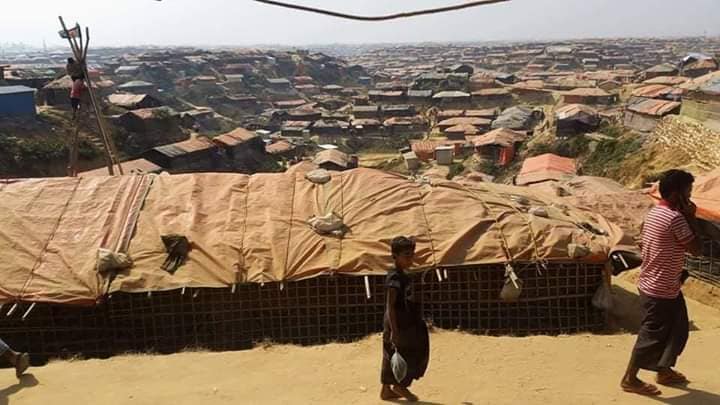
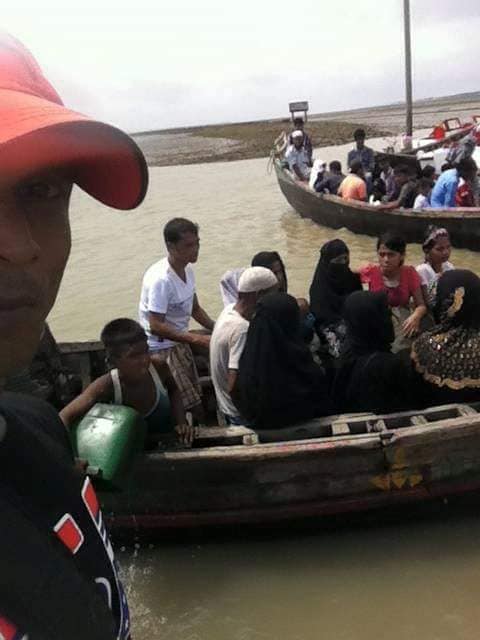
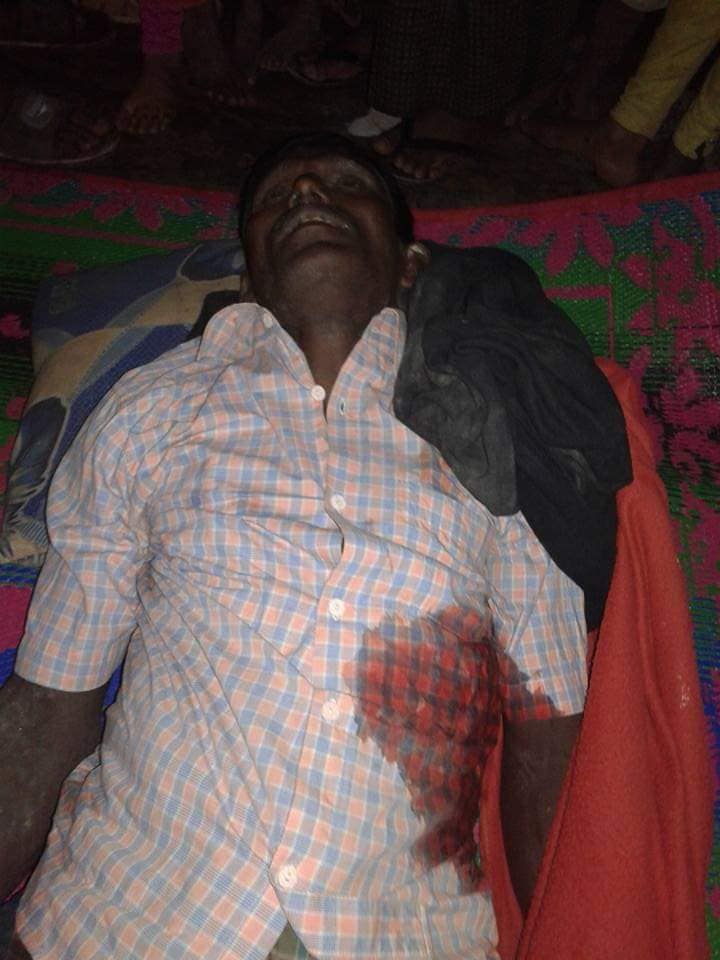
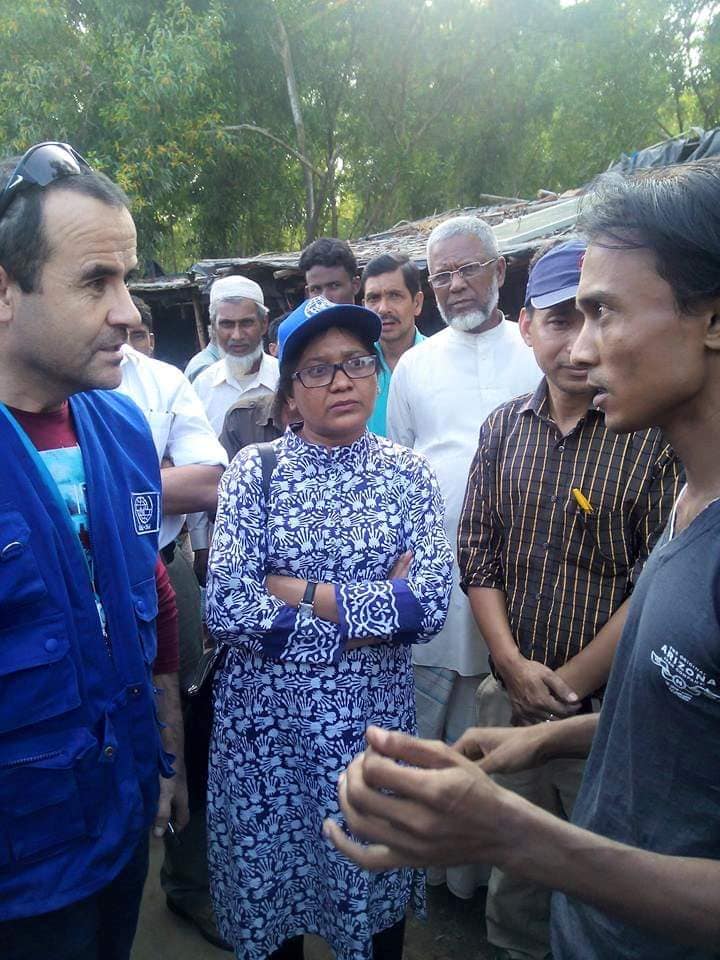
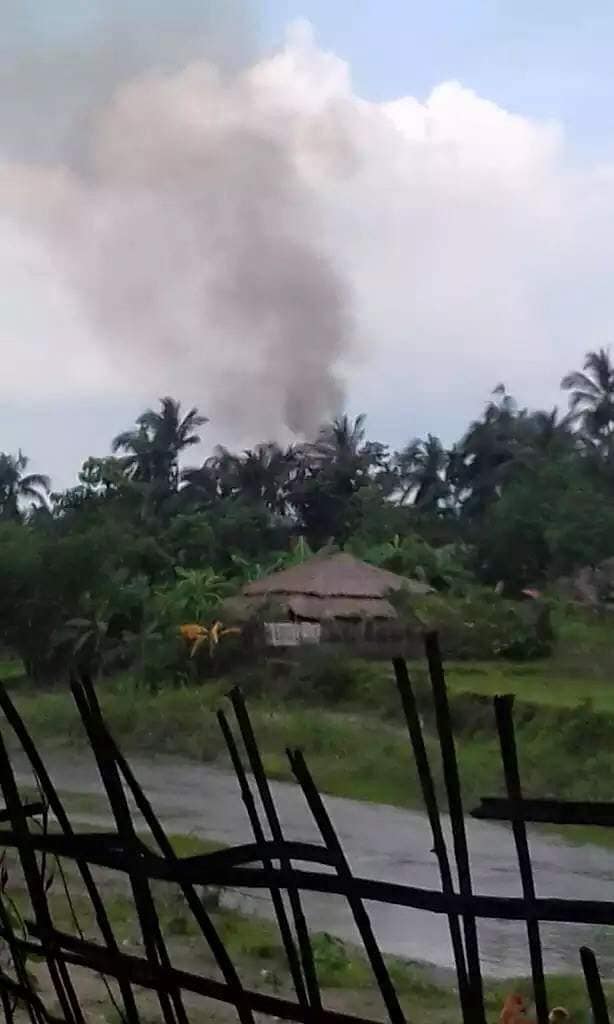



 Follow
Follow